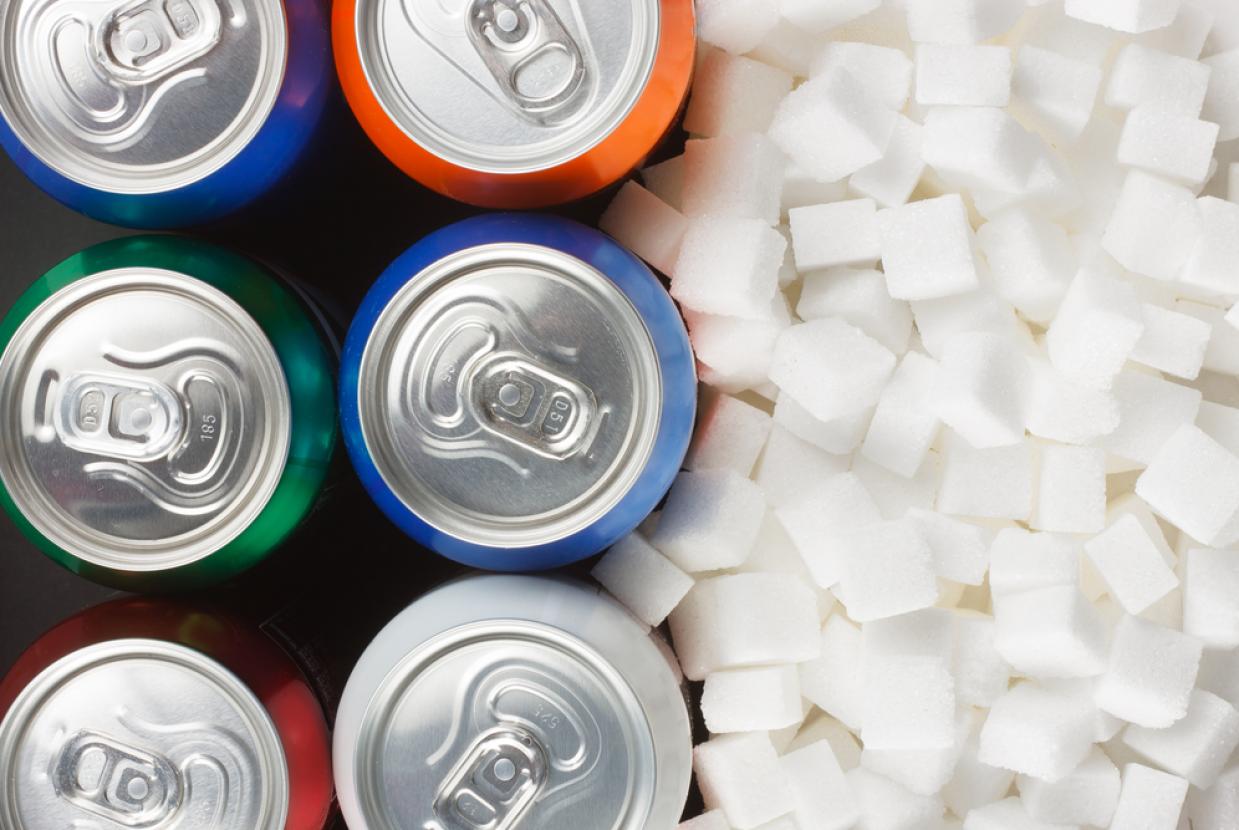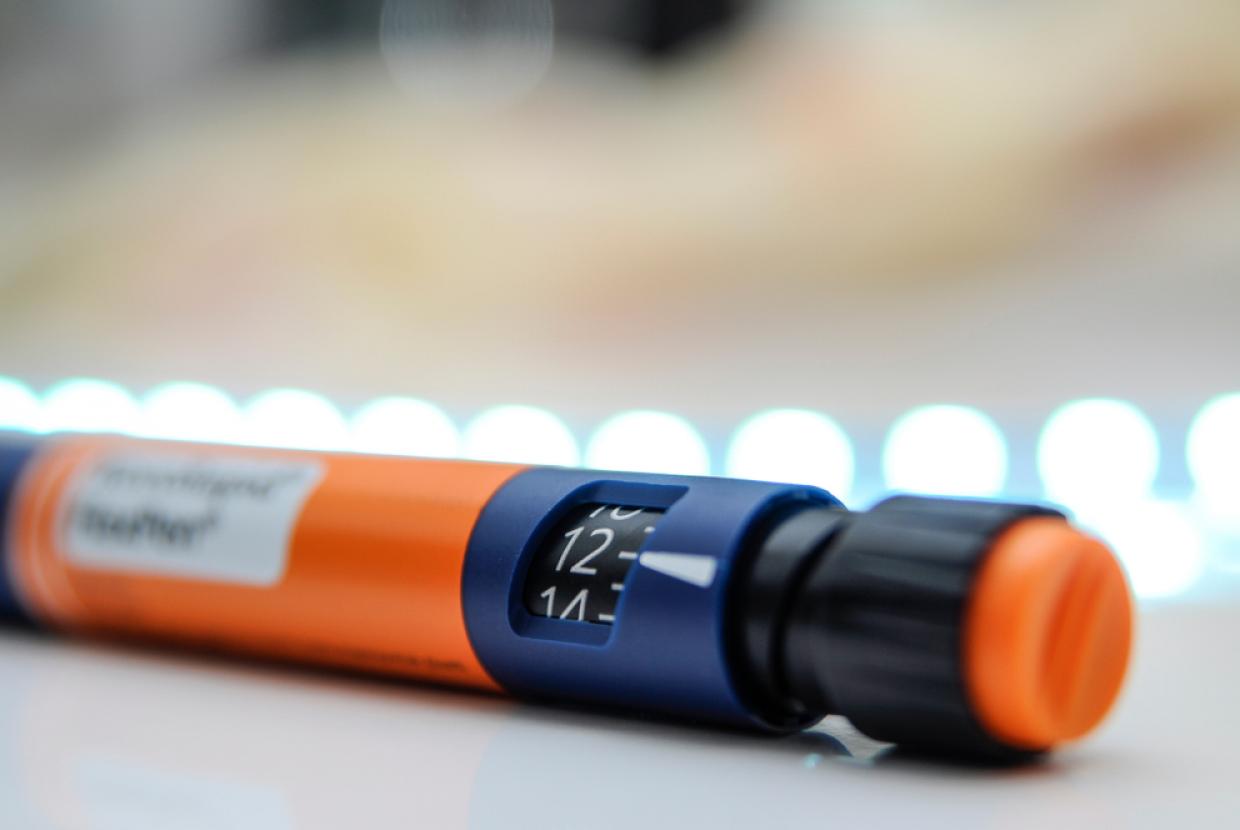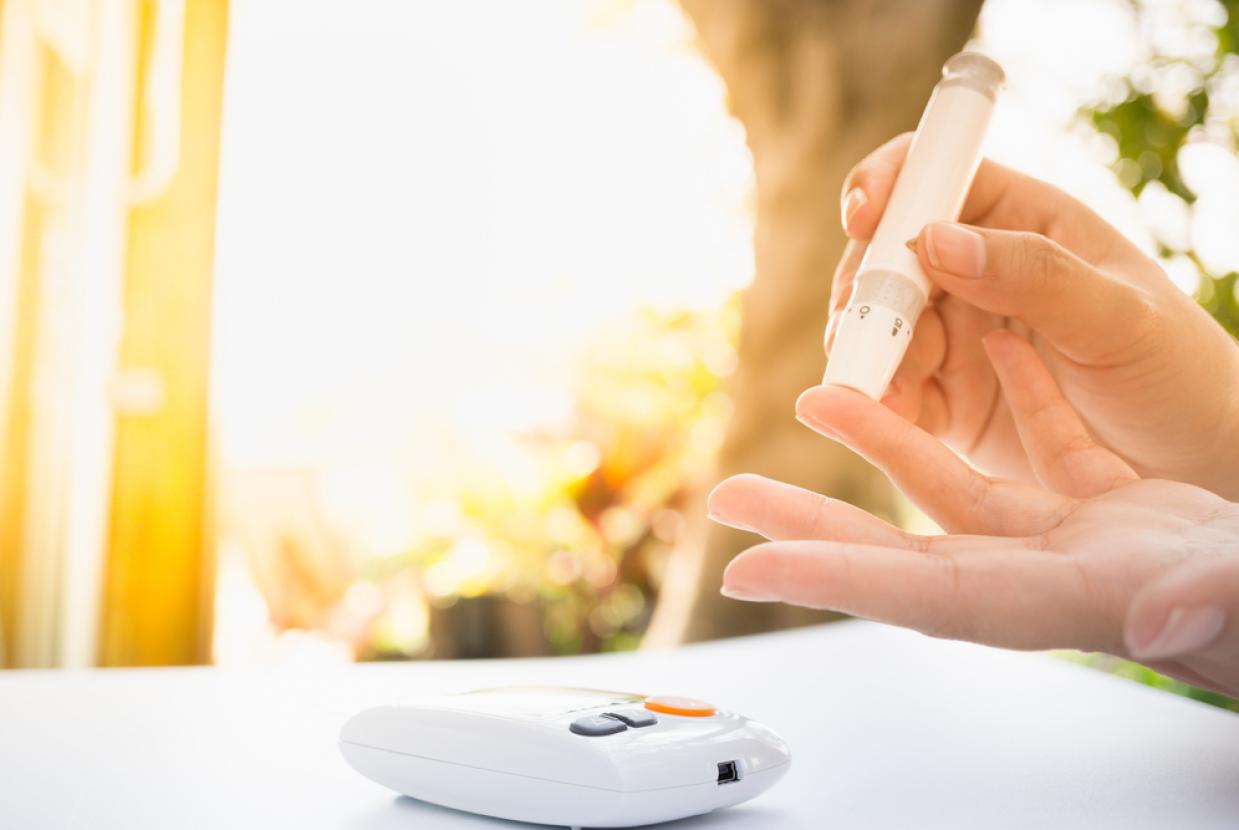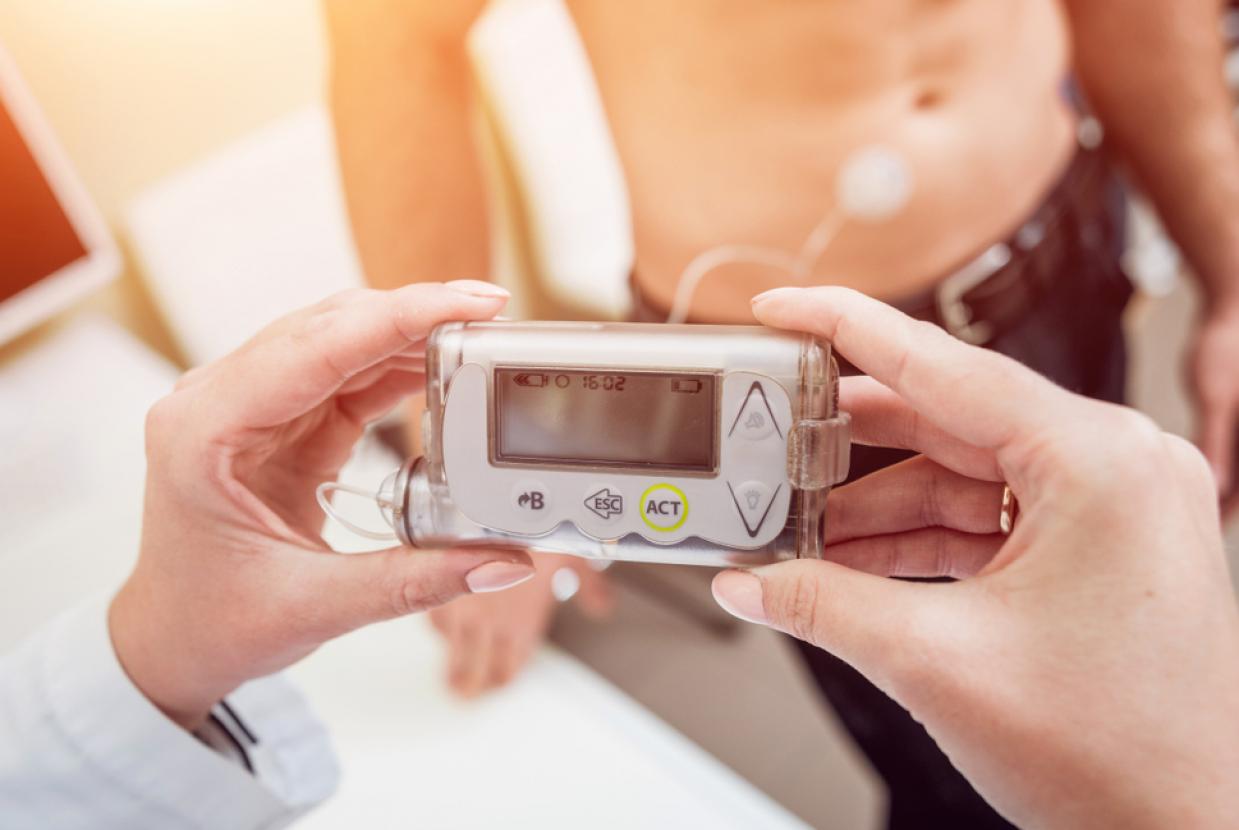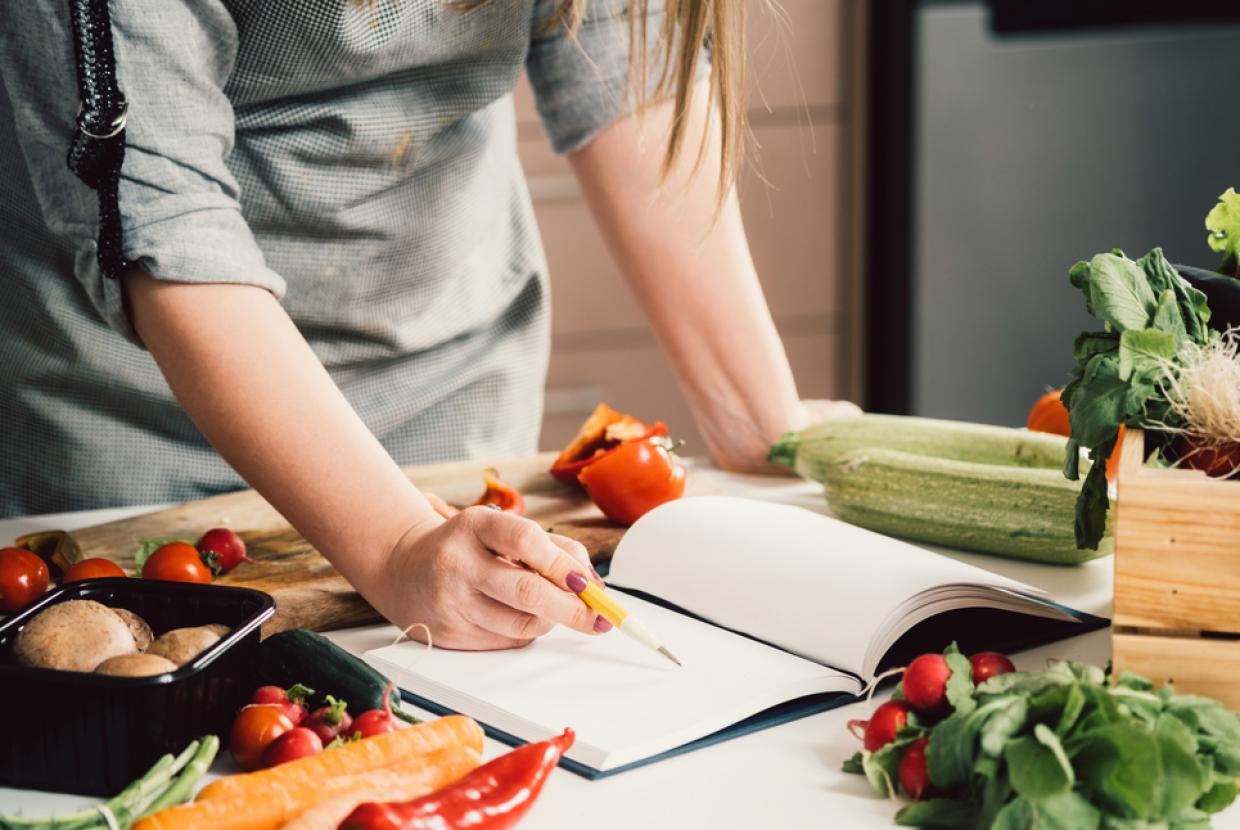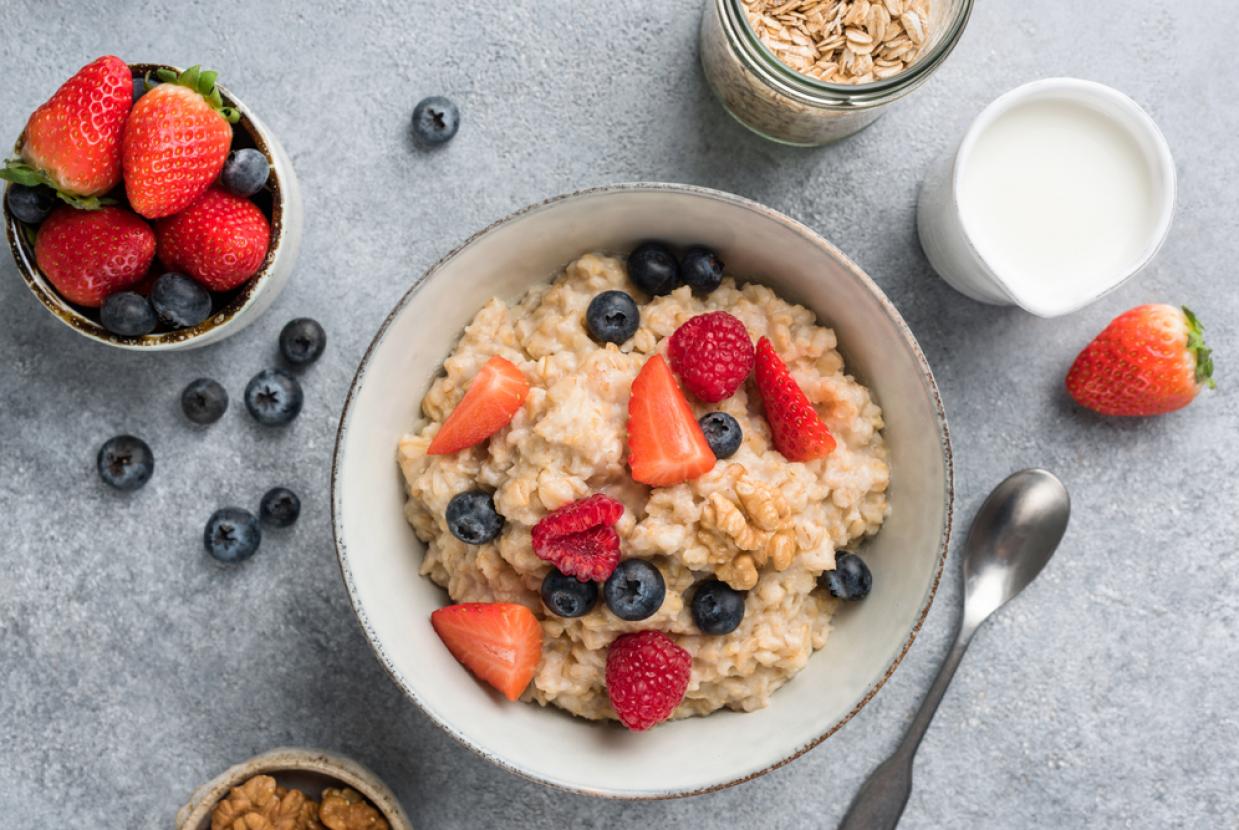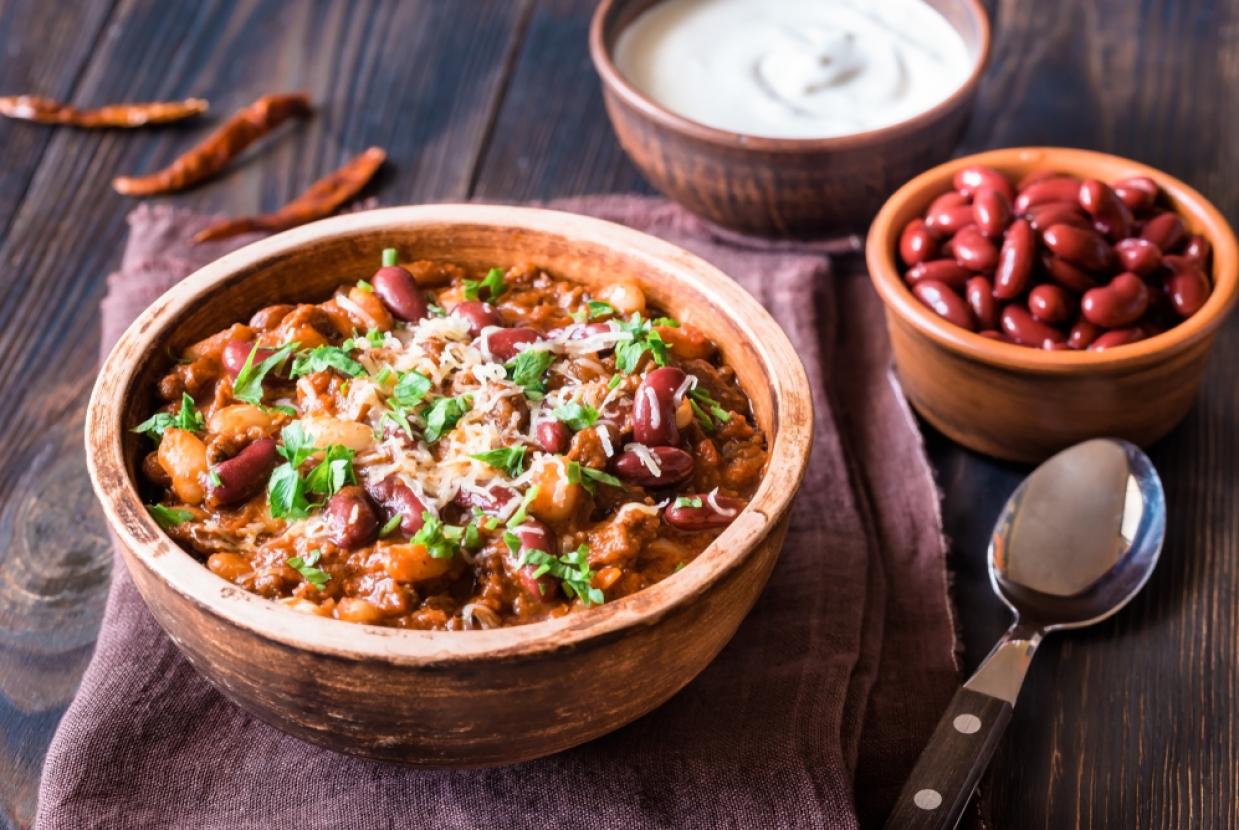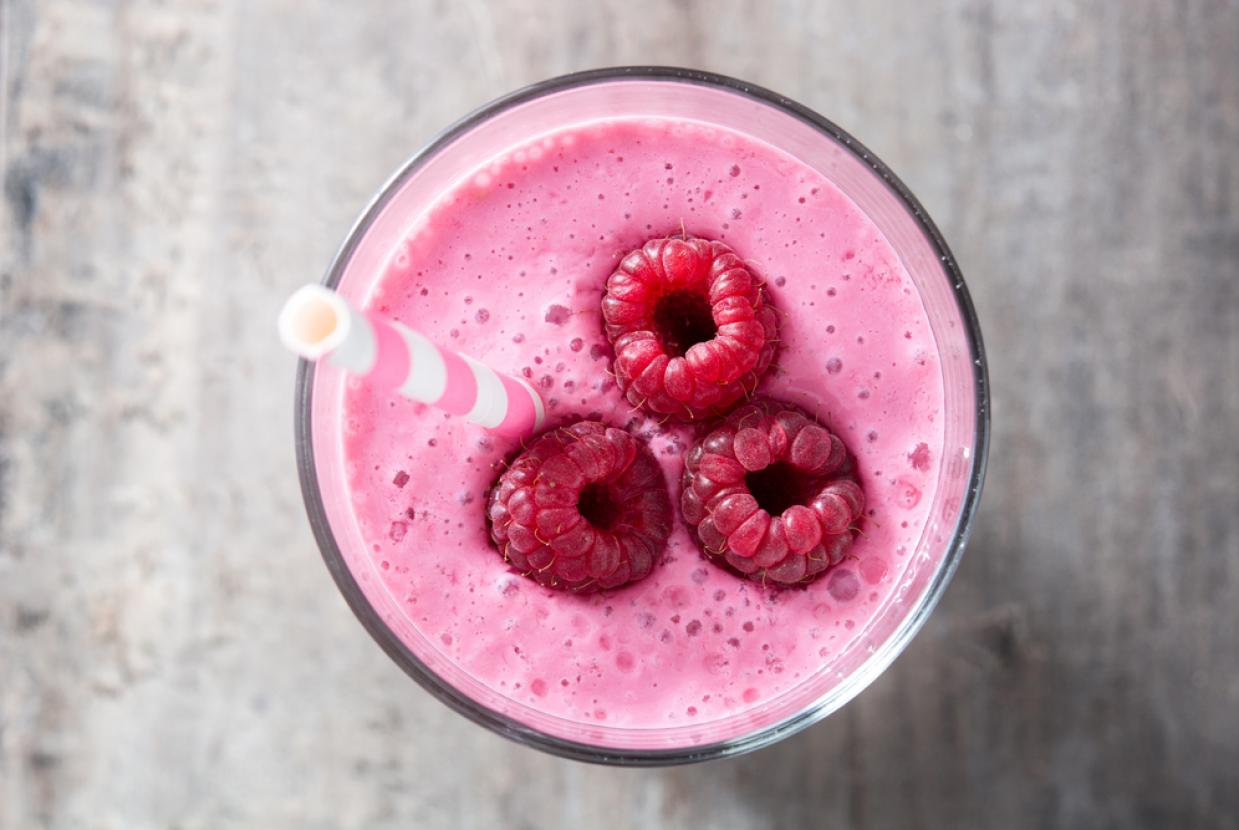Home Baking & Diabetes
DiabetesHaving diabetes doesn’t mean you have to miss out on the joys of baking and cakes.
You can also make your baking a bit healthier as you’re in charge of what goes into the mix.
We have loads of recipes in our ‘baking & desserts’ category that you can try. All are nutritionally analysed so you'll have the precise calculations of carbohydrates, fats and sugars to help you manage your diabetes.
Can people with diabetes eat cakes?
Yes, you can. Just think about your portion sizes and how often you have them – you could also try eating your desserts with some fruit, such as berries, to make them more filling and nutritious.
And to help you save time and space out your portions, most cakes and breads can be frozen for later. Make sure you wrap items in foil and label before putting into freezer bags.
Why not try our chocolate brownies made with beetroot and sweetener, or you might like this easy fruity chocolate tray bake. Both contain less than 10g of sugar per serving, making them a healthier choice than similar recipes.
Baking swaps
The great thing about home baking is you can adapt recipes to suit your diabetes management.
If you’re keen to get into baking but not sure how to adapt recipes, why not try these simple swaps?
Flour
Try swapping plain white flour with wholemeal flour. Wholemeal flour is healthier as it’s higher in fibre so it can help with gut and heart health. It's also more filling, so a smaller portion will keep you fuller for longer. It works in most recipes, but if you find it a bit heavy for things like sponge cakes, try using a ratio of 30:70 or 50:50 wholemeal flour to plain flour.
You could also try reducing flour and replacing it with the same weight of porridge oats. This adds soluble fibre, which can help lower cholesterol, and help with blood glucose management.
Butter
If you’d like to make your bakes with a butter alternative, the healthiest and cheapest option is oil. Rapeseed oil is particularly good. It doesn't have a strong flavour and has a good mix of healthy fats.
To make up the difference in quantity, you can add water, skimmed milk, unsweetened Greek-style yogurt, or a mashed banana. So, if a recipe calls for 100g butter, try swapping with 50g rapeseed oil and 50g mashed banana, or 50g yogurt. You'll need to experiment with each recipe, especially for light sponges, and see what works best.
How to replace sugar in baking
You can use ‘artificial’ sweeteners in baking, but you may need to adapt some recipes. Sweeteners are easy to use in things like pie fillings, particularly for sweetening tart fruits such as cooking apples, rhubarb or gooseberries.
But in things like cakes, sugar not only sweetens, it plays an important role in the science of baking, improving the texture. So, ‘artificial’ sweeteners alone aren’t always suitable substitutes. Check the labels or look at the manufacturer’s website for baking recipes.
Why not try sweetening cakes with fruit rather than sugar? Dried fruit contains fibre and counts towards your five a day. Soak raisins, sultanas and currants in a little boiling water to plump them up and make them juicier, then use the water, too.
Fresh fruit also works too – try adding grated or finely chopped apples, pears, blueberries, blackberries, or chopped peaches and nectarines, which all add flavour and natural sweetness.
Try our apple and cinnamon cake – most of the sweetness comes naturally from apples but we’ve added sweetener to make it taste even nicer, without adding any calories.
Baking with diabetes and coeliac disease
If you have coeliac disease, you can still enjoy baked treats. There’s a good range of gluten-free flours and other alternatives available in large supermarkets or health food shops. You’re no doubt aware that you’ll need to be very careful to read the label on baking products.
You can buy self-raising, gluten-free flour specifically designed for cakes. Use this in place of wheat flour in your recipes, but you’ll need to add a little more liquid, such as skimmed milk or water, or it will be too dry. Refer to the packaging on the product for more information.
Baking bread and pizza with diabetes
Although there are lots of great breads on the market these days, making your own bread can be soothing and highly rewording. Plus you can boost the fibre content by using wholemeal flour and seeds. You can also control how much salt you put it, since a lot of the salt we eat comes from bread. Although salt does play an important role in bread structure and taste, you can normally get away with using less than you think.
Why not try our recipe for soda bread - this is quicker to prepare as you won’t have to wait for the dough to rise. You could even turn it into a fruit bread by adding 75g of mixed dried fruits and 1tsp of mixed spice.
And when it comes to pizza and blood glucose levels, the main thing is the portion size. The base of the pizza is usually the main source of carbs, so try having smaller portions. Try adding more vegetables to the topping, too.
















